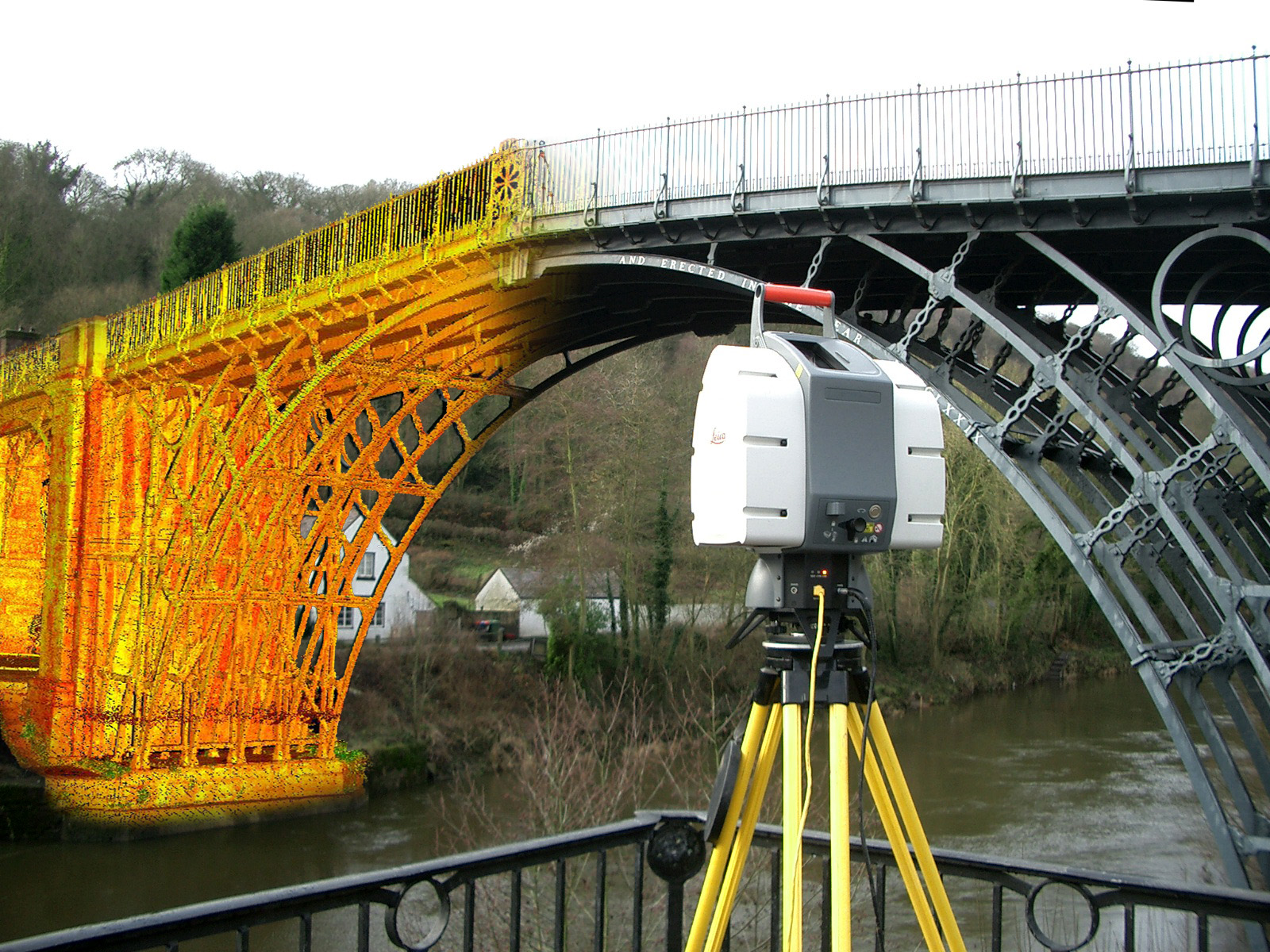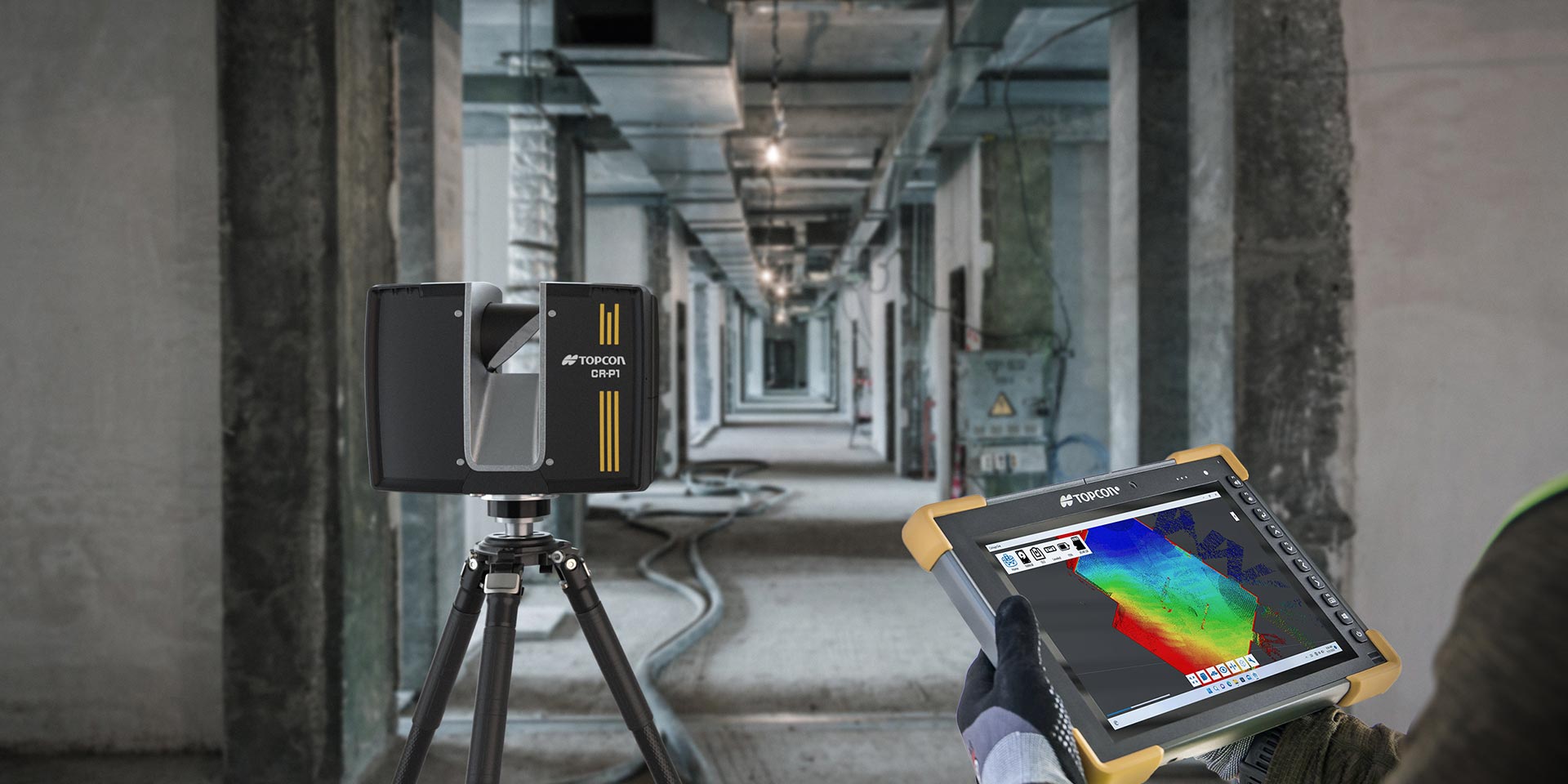The Complete Preparation Guide for 3D Scanning in Design
Enhancing Production Processes: The Effect of 3D Laser Scanning on Quality Assurance
3D laser scanning modern technology is changing quality control in manufacturing. By providing accurate measurements and high-resolution data, it enables manufacturers to identify deviations from specifications easily. This advancement not only streamlines evaluation processes but additionally boosts functional effectiveness. 3D Scanning. Nevertheless, the application of this innovation includes its own set of obstacles. Checking out these elements exposes the broader effects for sectors and the future landscape of manufacturing

Recognizing 3D Laser Scanning Technology
3D laser scanning modern technology has actually evolved significantly in recent years, its essential concept continues to be uncomplicated: capturing the accurate geometry of items utilizing laser light beams. This modern technology uses laser light to measure distances between the scanner and various points on an item's surface area. The information gathered is after that refined to produce a thorough 3D version, properly mirroring the dimensions and shapes of the checked things.
Typically, 3D laser scanners can be categorized into 2 major kinds: call and non-contact scanners. Call scanners literally touch the things to collect dimensions, whereas non-contact scanners utilize laser beam of lights to record data from a distance. The flexibility of this modern technology allows its application throughout numerous industries, including production, building, and design. Its ability to generate high-resolution designs helps with quality assurance, reverse design, and fast prototyping, eventually improving design precision and efficiency in manufacturing processes.
Benefits of 3D Laser Scanning in Manufacturing
As manufacturers look for to improve performance and precision in their processes, the advantages of 3D laser scanning have actually come to be increasingly obvious. This ingenious modern technology enables for highly exact and rapid dimensions of complex geometries, substantially decreasing the moment required for top quality checks. By capturing in-depth information, producers can recognize discrepancies early in the manufacturing process, consequently decreasing waste and remodel prices.
Furthermore, 3D laser scanning promotes far better design recognition, allowing designers to compare as-built problems with initial specifications. This ability ensures that any kind of deviations are immediately resolved, enhancing overall product top quality. In enhancement, the innovation sustains the production of digital doubles, which can be made use of for simulations and procedure optimizations. Because of this, producers not only boost their functional performance yet also enhance their competitive benefit in the marketplace. Overall, the integration of 3D laser scanning represents a transformative step toward accomplishing higher requirements in producing quality assurance.
Integration of 3D Laser Scanning Into Quality Control
Integrating 3D laser scanning into quality control processes boosts the precision and performance of inspections throughout production. This innovation allows producers to catch comprehensive, high-resolution data of settings up and elements, permitting accurate dimensions and comparisons versus layout requirements. By utilizing 3D laser scanning, organizations can identify inconsistencies from resistances extra effectively, which is crucial for preserving product stability.

Real-World Applications and Instance Researches
Real-world applications of 3D laser scanning in making show its transformative effect across various industries. As an example, aerospace companies use this modern technology to conduct precise inspections of parts, guaranteeing they satisfy rigid security standards. A noteworthy case entailed a leading airplane producer that used 3D laser scanning to enhance its quality assurance processes, substantially reducing inspection times and errors.
In the auto field, manufacturers have applied laser scanning to create digital doubles of their automobiles, allowing real-time modifications during manufacturing. One automobile company reported additional hints a 30% reduction in rework prices after incorporating this innovation into their setting up lines.
In the customer items industry, business are making use of 3D laser scanning for rapid prototyping, enabling for quicker models and enhanced product styles. These applications show just how 3D laser scanning not only boosts precision but likewise improves efficiency and innovation throughout several production domains.
Conquering Difficulties in Application
Implementing 3D laser scanning in making presents several obstacles that companies need to navigate to fully realize its benefits. One considerable obstacle is the initial price of tools and software application, which can prevent companies from embracing this technology. In addition, incorporating 3D laser scanning into existing operations needs overcoming resistance to transform amongst staff members, requiring extensive training programs to ensure efficiency. Information administration additionally positions a difficulty, as the high quantity of info created by 3D scanning should be successfully processed and assessed to obtain workable insights. Furthermore, compatibility problems with tradition systems may hinder seamless integration, demanding possible upgrades or alterations. Dealing with these challenges is important for producers aiming to enhance quality assurance and optimize manufacturing procedures. By establishing clear techniques for training, investment, and information administration, business can mitigate these barriers and launch the transformative possibility of 3D laser scanning in their procedures.
Future Trends in 3D Laser Scanning for Production
As producing continues to evolve, the assimilation of 3D laser scanning with boosted automation is expected to change production processes. Boosted information analytics will certainly play an important duty Full Article in enhancing and optimizing operations high quality control. These trends highlight the possibility for better effectiveness and precision in manufacturing settings.

Increased Automation Integration
Although the combination of automation in production has actually been steady, the future of 3D laser scanning is positioned to increase this fad considerably. As manufacturing processes become increasingly complicated, the need for exact, real-time dimensions expands. 3D laser scanning innovation uses automated information capture, minimizing labor expenses and reducing human error. This integration allows manufacturers to improve quality assurance processes, enabling rapid discovery of inconsistencies in manufacturing. Furthermore, the positioning of 3D laser scanning with robotics and automated systems facilitates smooth procedures, improving overall performance. As manufacturers take on these advanced technologies, they can anticipate enhanced accuracy and performance, positioning themselves competitively in a quickly developing market. The harmony between automation and 3D laser scanning marks a substantial leap forward in making advancement.
Improved Information Analytics
The combination of automation has led the way for advancements in information analytics within the domain name of 3D laser scanning. Makers are increasingly leveraging innovative algorithms and artificial intelligence techniques to assess huge datasets generated by laser scans. This improved data analytics ability enables real-time tracking of producing procedures, allowing the recognition of discrepancies and issues better than conventional approaches. Predictive analytics can anticipate possible problems, greatly minimizing downtime and enhancing general performance. Furthermore, the capability to envision data in three measurements gives deeper insights right into manufacturing operations, fostering much better decision-making. As 3D laser scanning innovation remains to develop, the function of information analytics will certainly become progressively essential in driving innovation and maintaining competitive advantage in manufacturing.
Often Asked Concerns
What Industries Advantage one of the most From 3D Laser Scanning?
The markets that benefit most from 3D laser scanning consist of manufacturing, building, aerospace, vehicle, and health care. These industries use the technology for precision measurements, quality control, and effective style processes, considerably boosting overall functional effectiveness.
How Does 3D Laser Scanning Contrast to Typical Dimension Techniques?
3D laser scanning offers greater precision and rate compared to traditional dimension techniques. It catches in-depth geometries rapidly, decreasing human mistake and assisting in much better evaluation, which eventually enhances total quality assurance in various sectors.
What Is the Expense of Implementing 3D Laser Scanning Modern Technology?
The expense of implementing 3D laser scanning modern technology varies substantially, normally ranging from $10,000 to $100,000, relying on software application, training, and equipment. Organizations needs to consider these costs versus potential effectiveness and top quality enhancements.
Exist Specific Software Application Requirements for 3D Laser Scanning?
Yes, 3D laser scanning needs specific software application, consisting of information processing and modeling applications. Typical selections encompass CAD software application, factor cloud handling tools, and specialized applications that assist in the assimilation and analysis of checked information for ideal results.
How much time Does a Typical 3D Laser Scanning Process Take?
A normal 3D laser scanning procedure can take anywhere from a couple of minutes to several hours, depending upon variables like the dimension of the object, complexity of the atmosphere, and called for degree of information for precision.
3D laser scanning technology is transforming high quality control in production. 3D laser scanning modern technology Your Domain Name has actually evolved considerably in recent years, its fundamental principle remains straightforward: recording the precise geometry of things making use of laser light beams. Incorporating 3D laser scanning right into top quality control procedures boosts the precision and performance of examinations throughout production (3D Scanning). 3D laser scanning modern technology supplies automated information capture, lowering labor prices and lessening human mistake. The expense of carrying out 3D laser scanning innovation varies significantly, normally ranging from $10,000 to $100,000, depending on software program, training, and tools